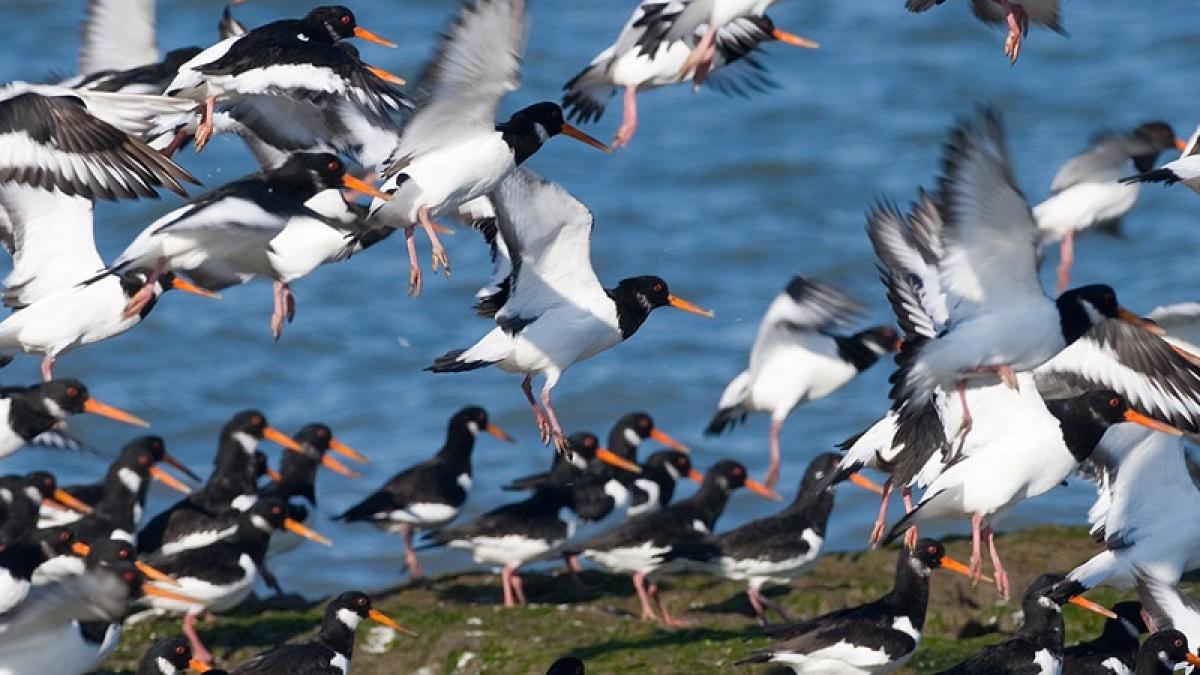New report reveals latest population trends in the Wadden Sea for key migratory waterbirds

Analysing long-term monitoring data from the Trilateral Monitoring and Assessment Programme (TMAP), the trilateral Expert Group Migratory Birds now published “Trends of migratory and wintering waterbirds in the Wadden Sea 1987/1988-2022/2023”. It provides an overview of the latest population developments for key waterbird species in the Wadden Sea. The analysis raises both concern and encouragement for the future of bird conservation in the Wadden Sea. While several species continue to thrive in the Wadden Sea, others remain in decline, despite ongoing conservation efforts.
Positive trends can be found with the Eurasian Spoonbill, Northern Pintail and Northern Shoveler that have shown strong increases in both long- and short-term trends (36-year and 10-year trends). For other species with a long-term increase such as Barnacle Geese and European Cormorants, trends have stabilised in the last ten years. Short-term increases are most pronounced in Ruddy Turnstones and Eurasian Wigeon, indicating potential positive response to changing environmental conditions or recent management actions.
Looking at negative trends, long-term declines persist for several iconic species including the Common Eider, Eurasian Oystercatcher, and Pied Avocets—birds that are closely tied to intertidal mudflats and depend on benthic food sources. This is in line with general patterns indicating declines in shellfish-eaters, especially in the German part of the Wadden Sea. “The shifts between different parts of the Wadden Sea are intriguing, both for shellfish- and worm-eating species. Why species like Pied Avocet, Curlew Sandpiper and Bar-tailed Godwit decline more sharply in German parts of the Wadden Sea than in the Dutch and Danish Parts requires further research” state Romke Kleefstra from Sovon, first author of the report. While the continued decrease in these populations may point to ongoing pressures in the Wadden Sea, including habitat degradation, human disturbance, they may also reflect broader challenges along the flyway. Continued collaboration between the Wadden Sea countries, but also with partner countries along the East Atlantic Flyway, is key to ensure effective management and the ecological integrity of the Wadden Sea for migratory waterbirds.
